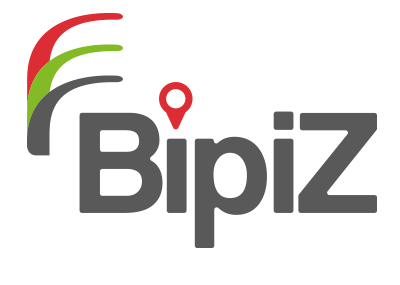International Business Machines (IBM) is the world’s largest technology company. IBM had a long history in dealing with environmental problems. However, they have come a long way since the establishment a corporate policy on environmental protection in 1971. According to IBM, its total hazardous waste decreased by 44% over the past five years, and has decreased by 94.6% since 1987. Over the years, IBM has redesigned processes to eliminate almost all closed loop recycling and now uses more environmental-friendly materials in their place.
10 liters of water is used to make one sheet of paper. 40 liters of water is used to make one slice of bread. 140 liters to make one cup of coffee. 15,500 liters to make one kilogram of beef. Water is used to process raw materials, manufacture products, generate electricity, and to transport people and goods. We desalinate it to build cities in the desert. In the last 100 years global water usage has increased at twice the rate of population growth.
With partnerships with enterprises and governments of all sizes all around the world, IBM’s Advanced Water Management Initiative uses their leading-edge technology in order to better preserve water.



















